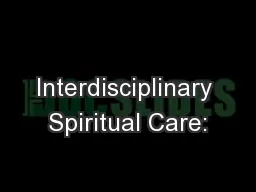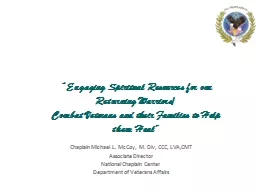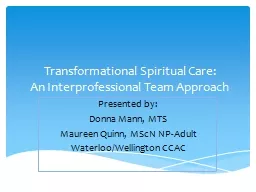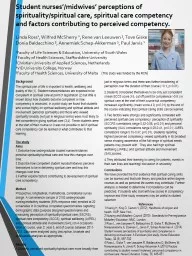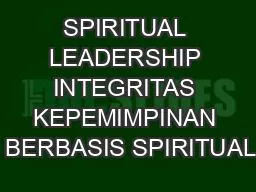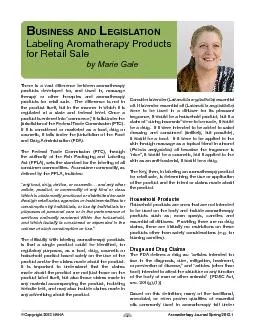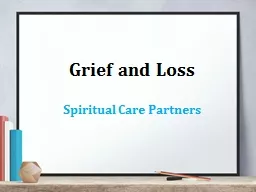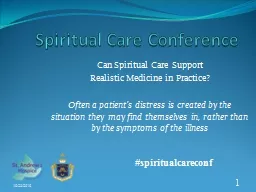PPT-The Enneagram Spiritual Care Partners
Author : asmurgas | Published Date : 2020-07-01
What is the Enneagram A tool that helps us develop selfknowledge and understanding Helps us live as our authentic selves Helps us understand others in order to improve
Presentation Embed Code
Download Presentation
Download Presentation The PPT/PDF document "The Enneagram Spiritual Care Partners" is the property of its rightful owner. Permission is granted to download and print the materials on this website for personal, non-commercial use only, and to display it on your personal computer provided you do not modify the materials and that you retain all copyright notices contained in the materials. By downloading content from our website, you accept the terms of this agreement.
The Enneagram Spiritual Care Partners: Transcript
Download Rules Of Document
"The Enneagram Spiritual Care Partners"The content belongs to its owner. You may download and print it for personal use, without modification, and keep all copyright notices. By downloading, you agree to these terms.
Related Documents



